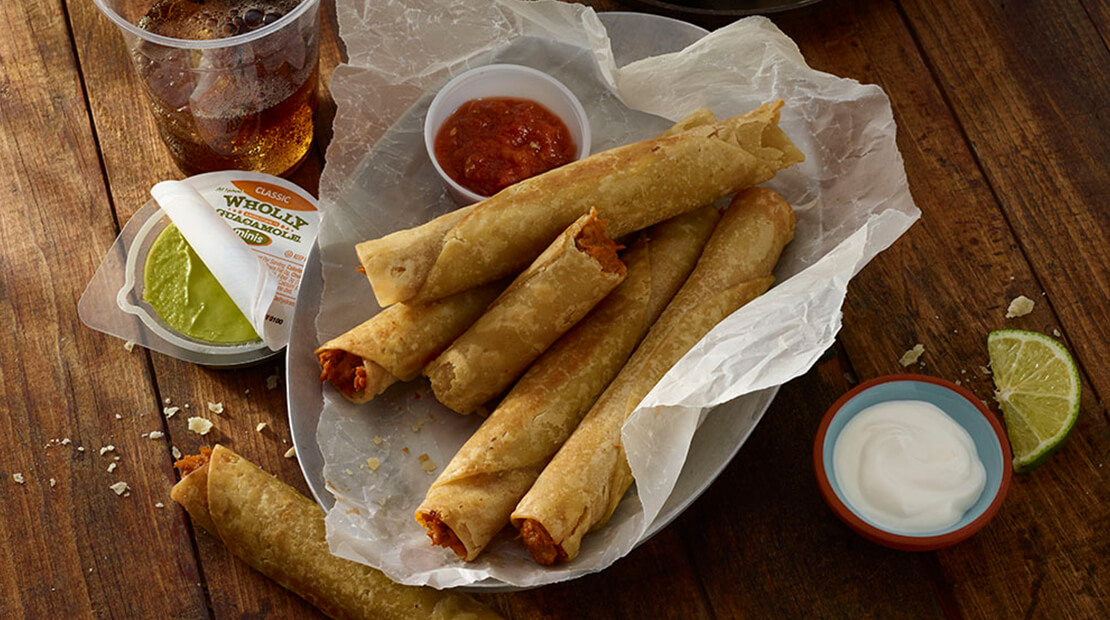Responsibility
Waste Not, Want Not

Pittsburgh Post-Gazette
“Food waste is exactly what it sounds like: any food substance that is discarded. It can be raw or cooked, solid or liquid. It’s generated by the processing, handling, storage, sale, preparation, cooking and serving of foods; so it can happen anywhere along the supply chain, from the farm to the manufacturer to the retailer or restaurant, and in our homes or at work,” explains the Food Waste Reduction Alliance, an initiative anchored by the Grocery Manufacturers Association, the Food Marketing Institute, and the National Restaurant Association.
According to the Food and Agriculture Organization of the United Nations, one-third of all food produced for human consumption is lost or wasted, which is around 1.3 billion metric tons annually, enough to feed two billion people. According to the U.S. Environmental Protection Agency, more food reaches landfills than any other type of municipal solid waste. In addition, the World Economic Forum estimates that lost or wasted food drives approximately 4 percent of world energy consumption and 20 percent of freshwater consumption as well as using 30 percent of the world’s agricultural land area.
It is not conservative to say that food waste is a huge issue. It affects each and every one of us, or will at some point in the near future. The rumblings of experts say that our current worldwide population will increase more than 35 percent by the year 2050.
Both the opportunity and need to reduce our world’s food waste have never been greater than they are now. Starting right in the United States, reducing food waste can deliver significant environmental, social and economic benefits.